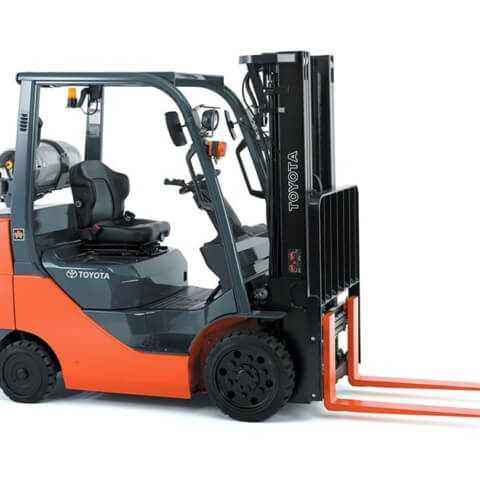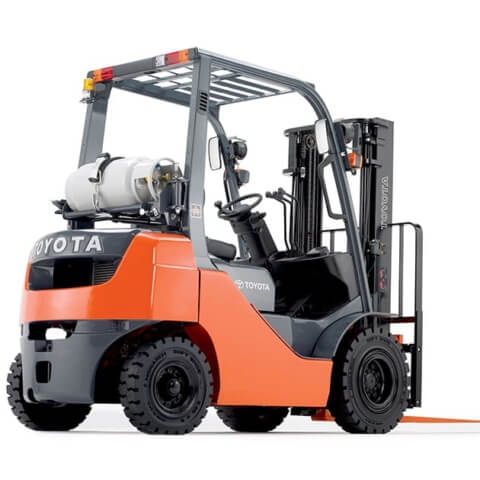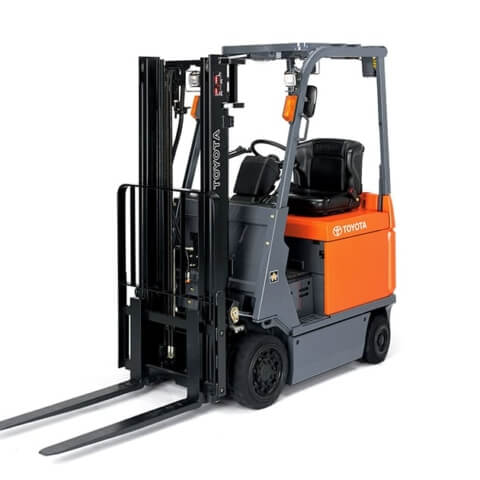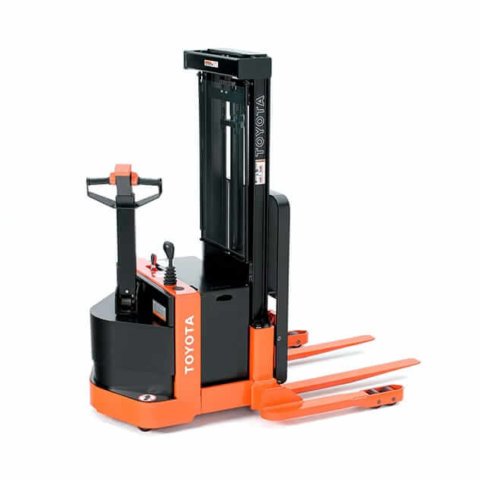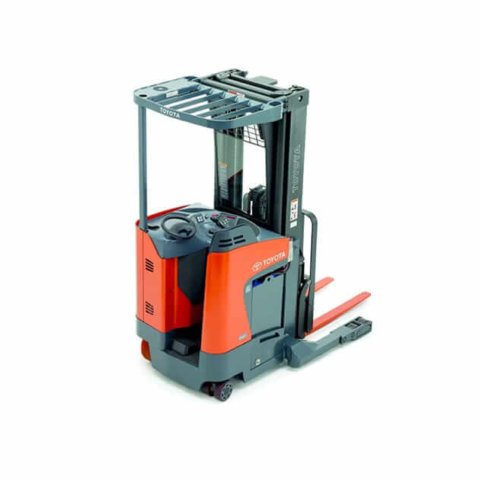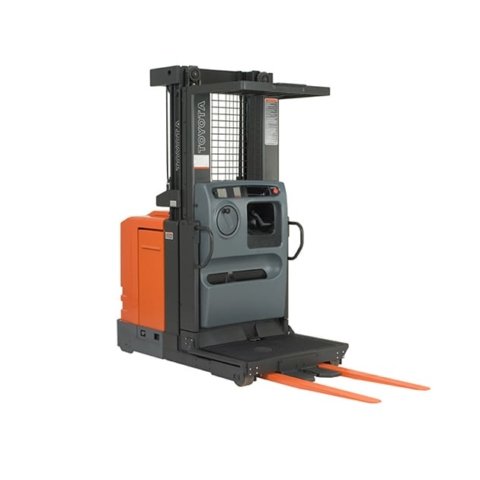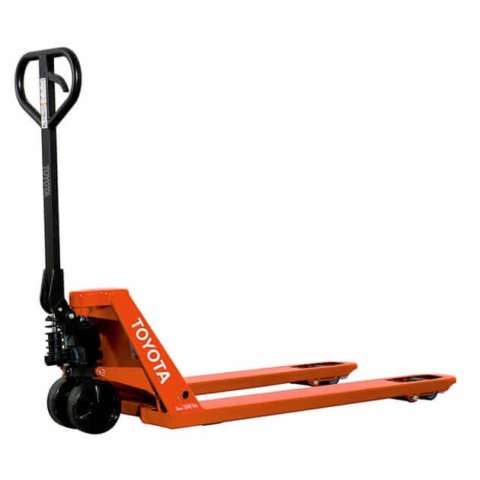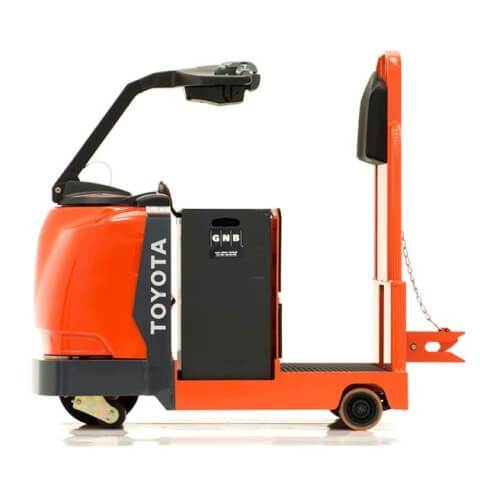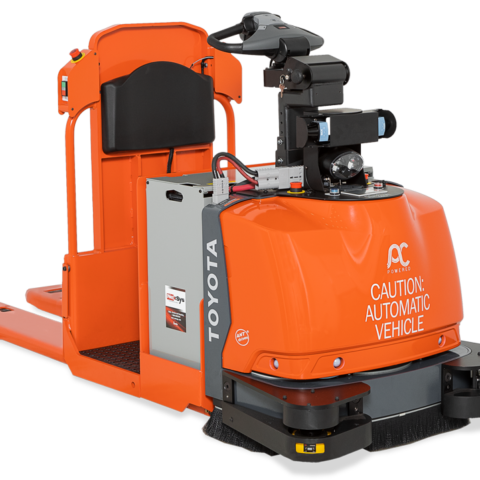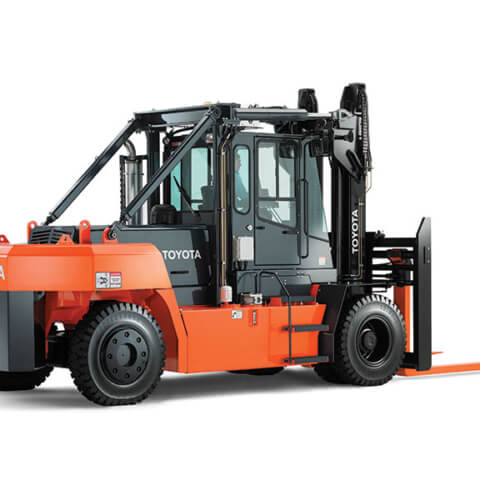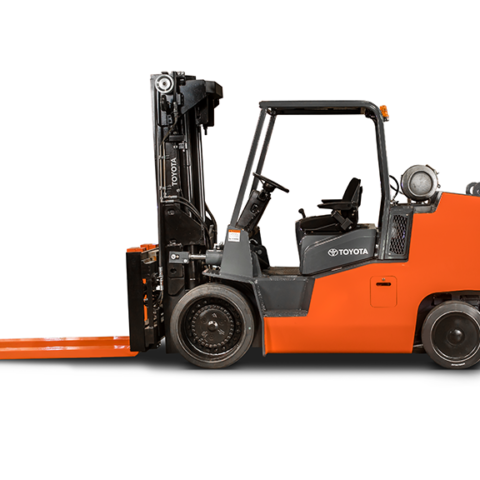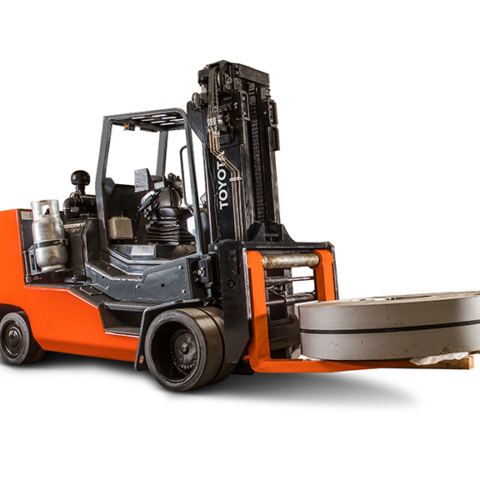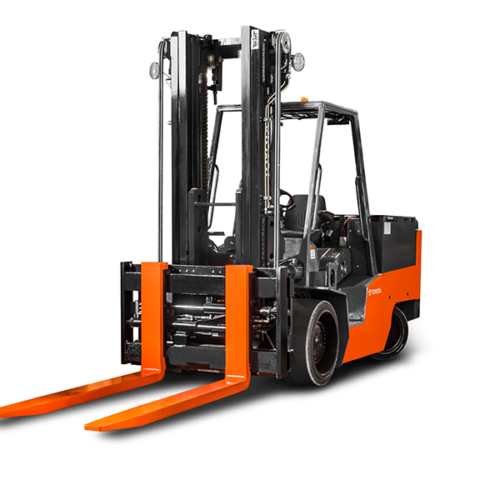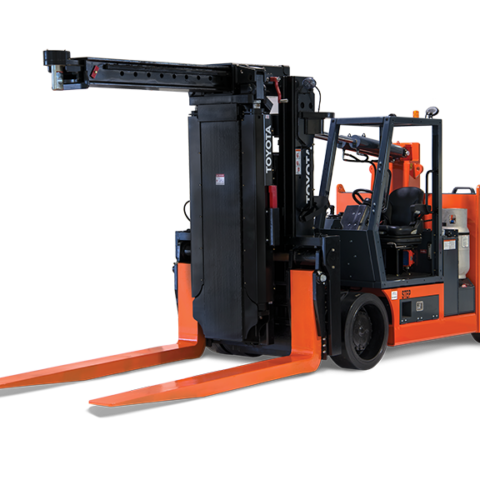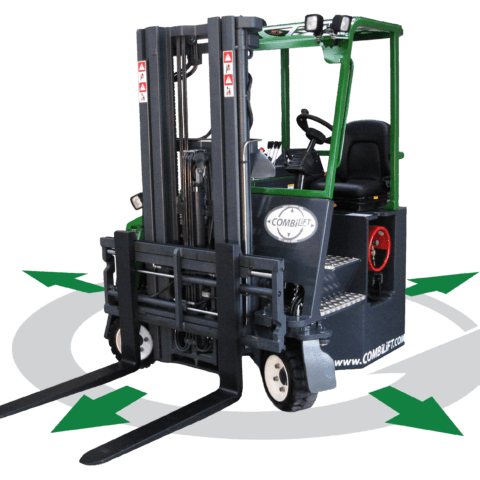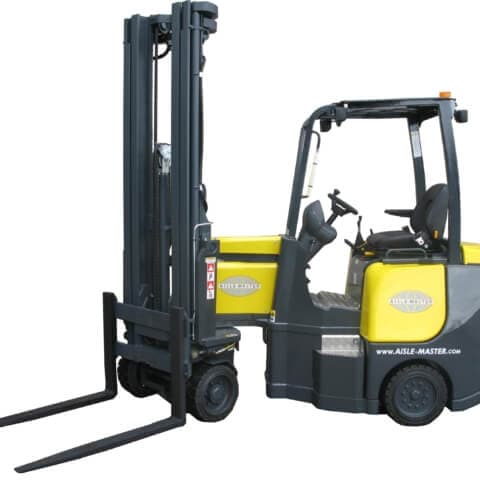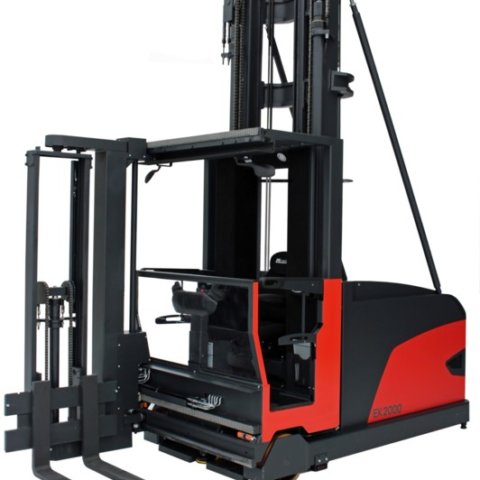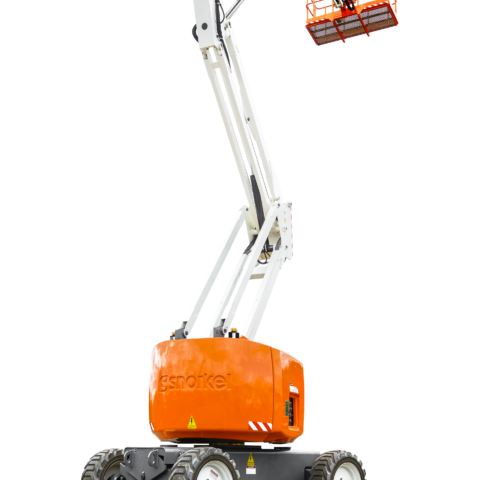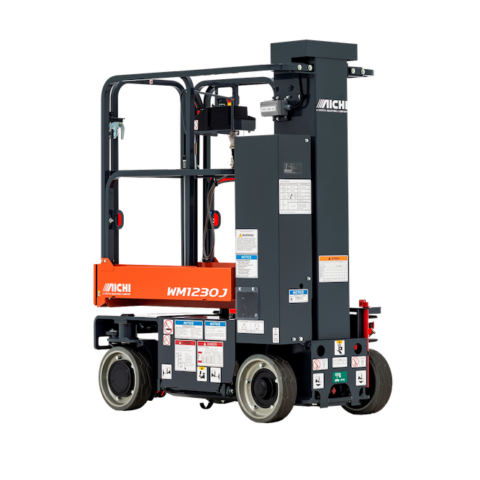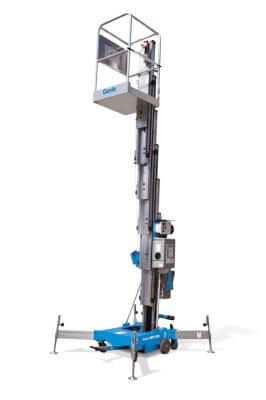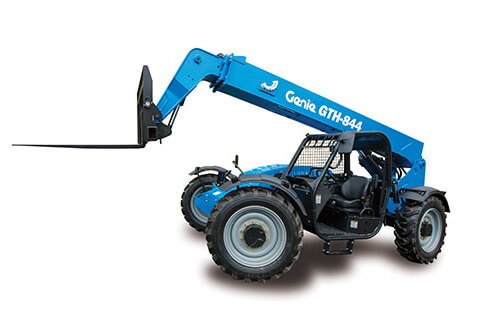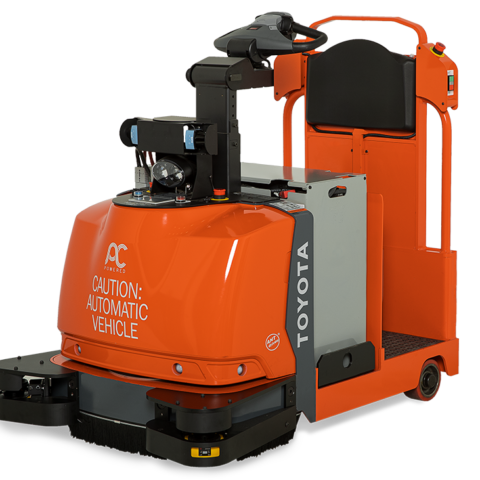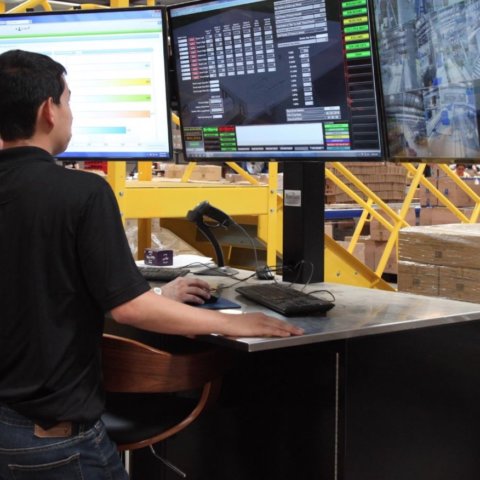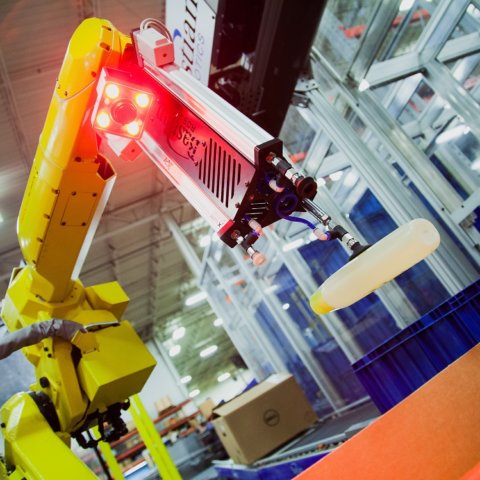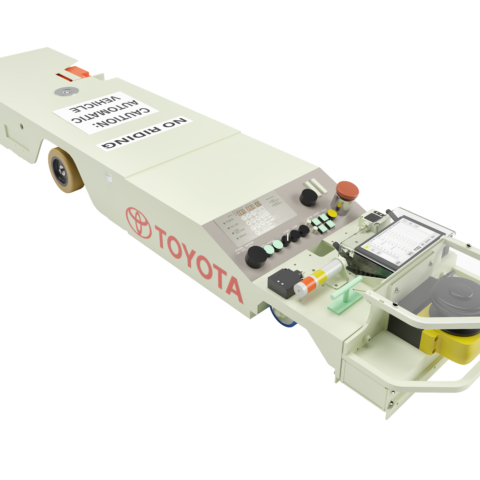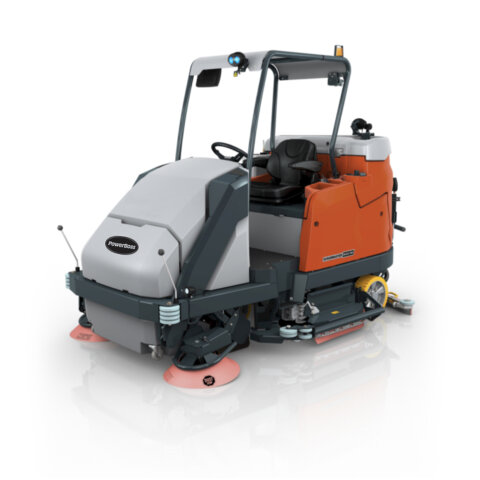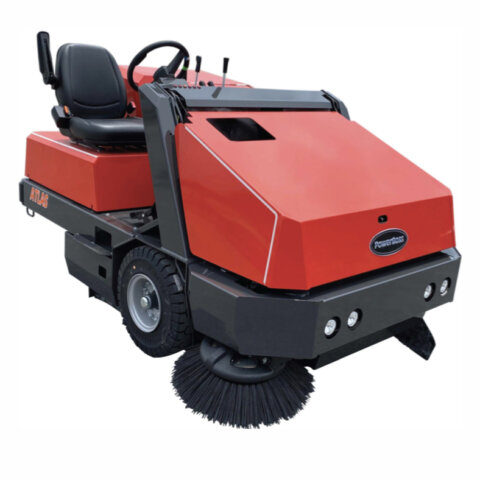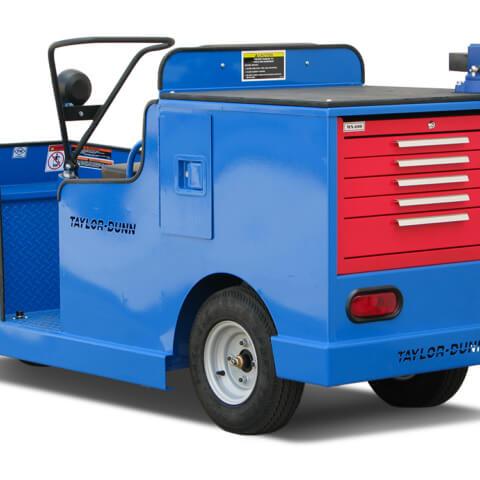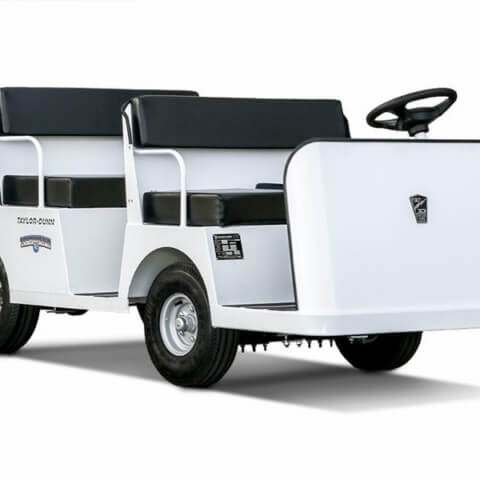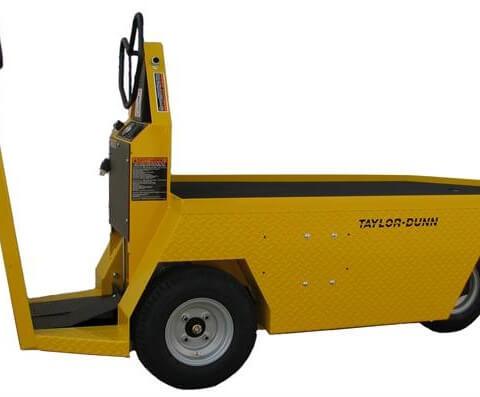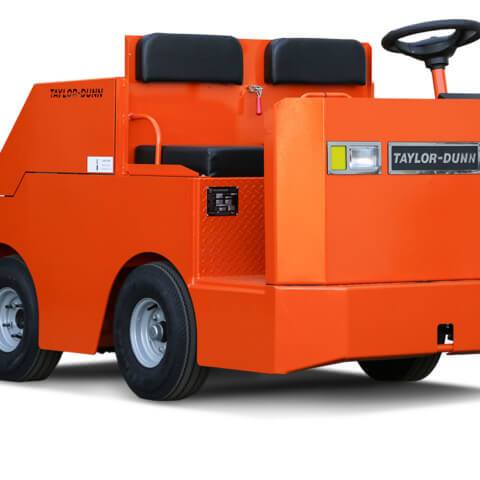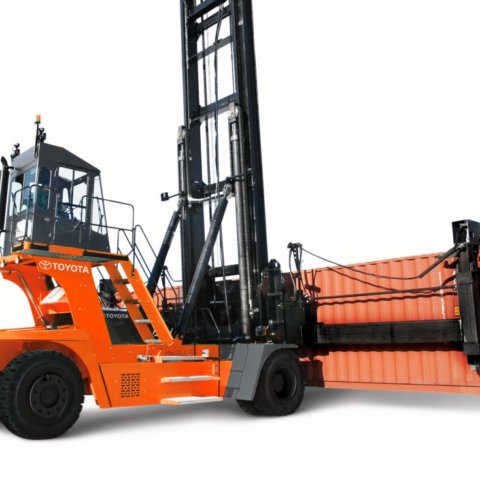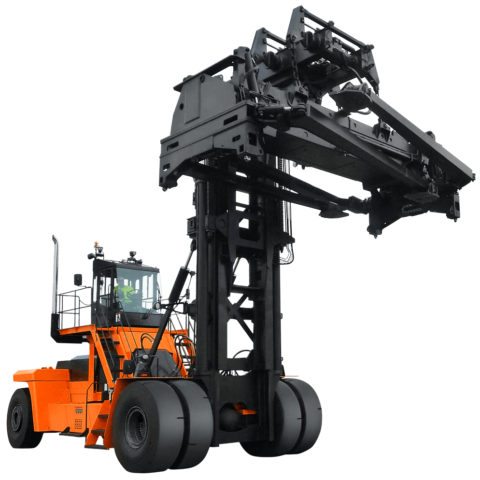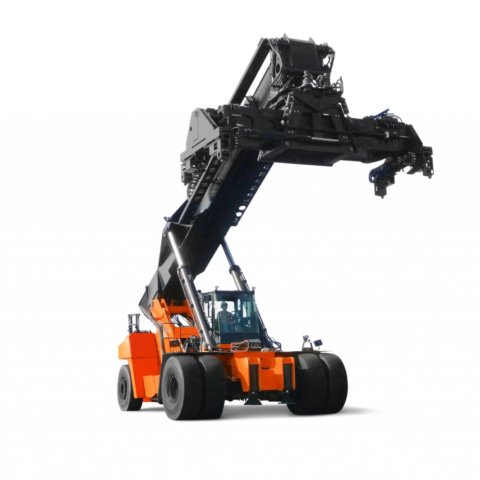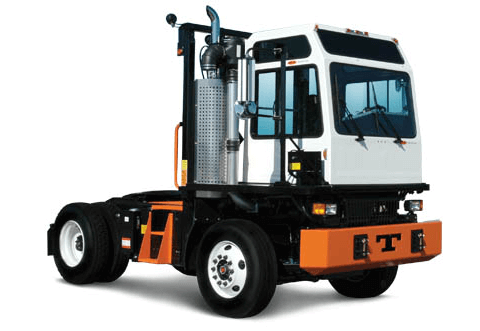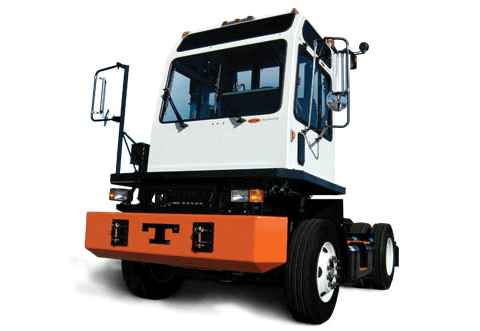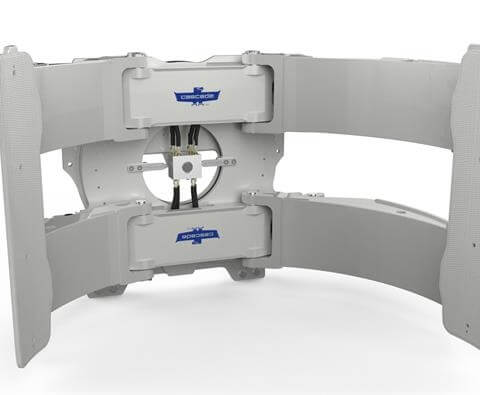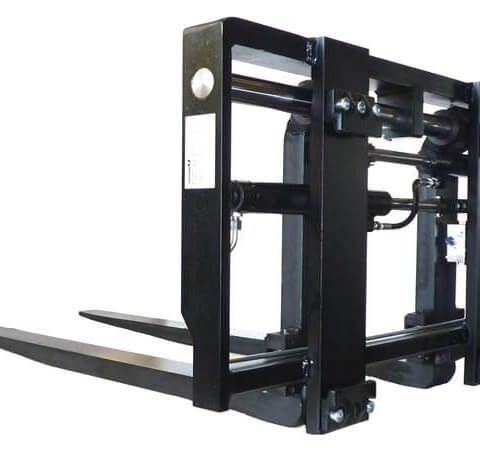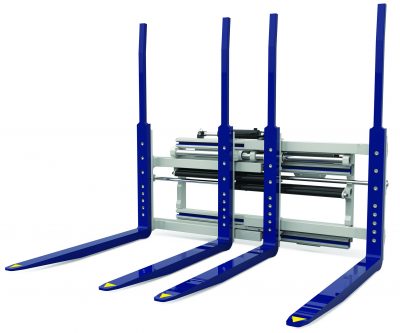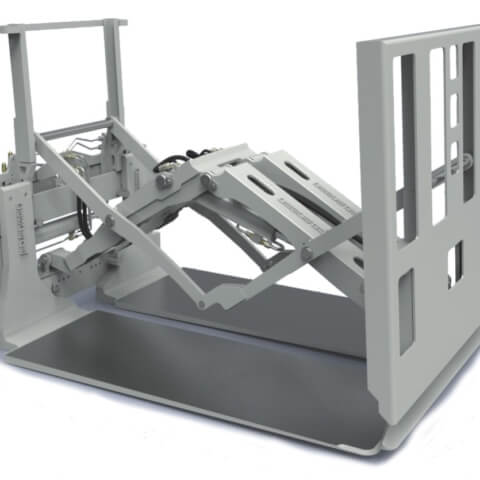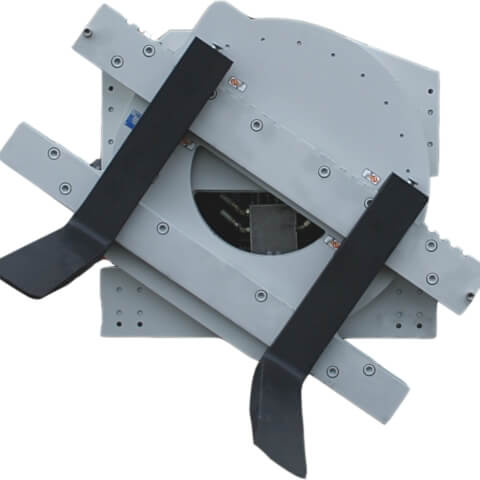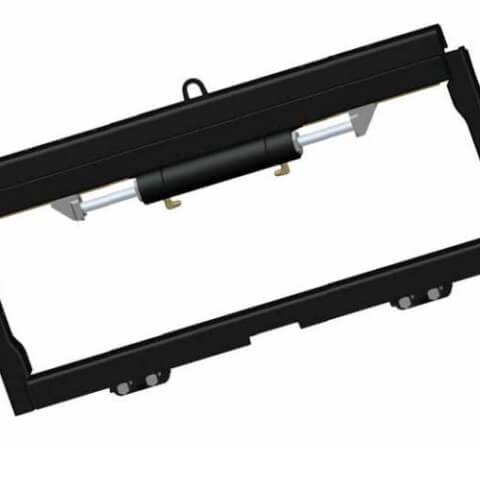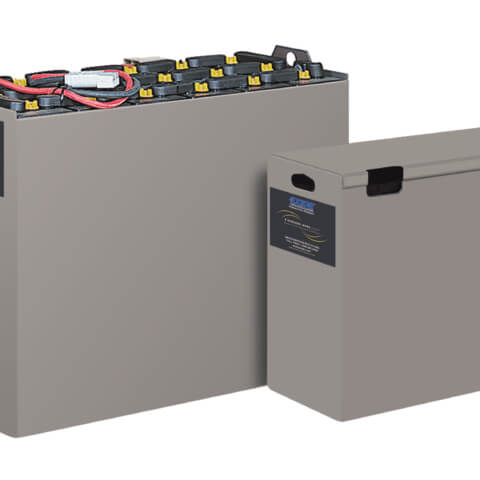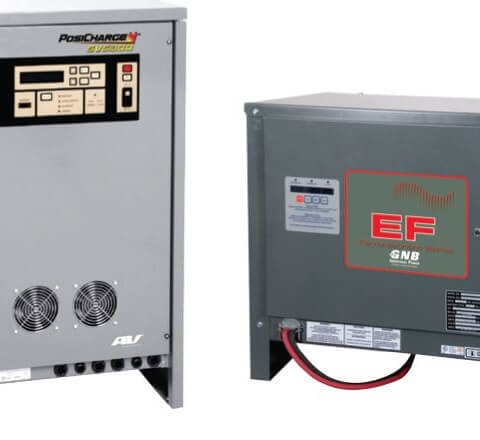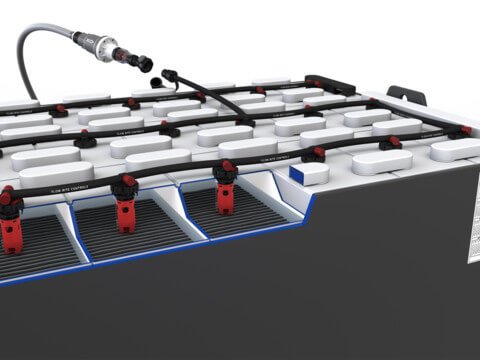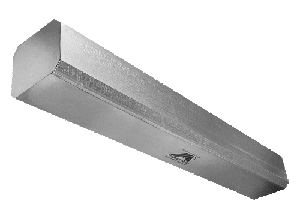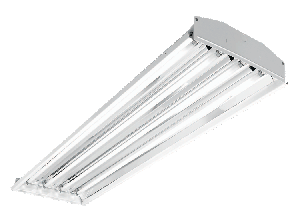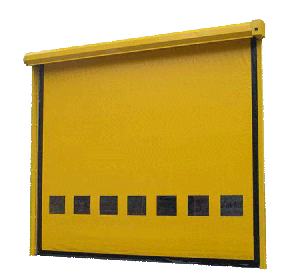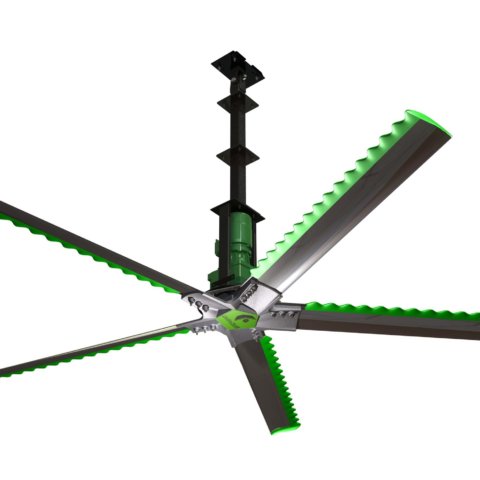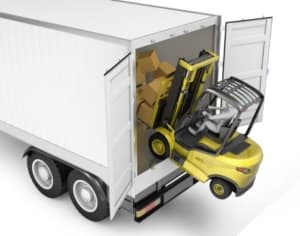
Missing wheel chocks or a vehicle-restraint device at your dock? REQUEST QUOTE
When a forklift is involved in an accident on a loading dock, the injuries are likely to be severe. They may even result in the death of an operator or pedestrian.
The motion of a forklift entering and exiting a trailer can cause separation between the trailer and the dock leveler. Known as trailer creep, it is the repetitive forward motion of the trailer.
Trailer Creep Hazards
- Weight and speed of the forklift and its load
- Grade of the drive used by the trailer
- Softness of the suspension
- Type of transition between the trailer and the forklift (i.e. dock leveler, dock board)
- Lack of connection of the trailer to a tractor
OSHA Requirements for Docks
OSHA regulation requires the use of restraints when loading and unloading trucks and trailers. Historically, wheel chocks have been used to prevent dock separation; however, when using wheel chocks, consider the following questions:
- Will the surface of the drive cause the selected wheel chock to slip, causing trailer movement?
- Are workers required to walk between trailers to set and remove wheel chocks?
- Has visibility of the trailer wheels been provided to workers that ensure wheel chocks are in place?
- Is a spare set of wheel chocks available?
- How is the policy of using wheel chocks being enforced?
Dock Vehicle-Restraint Devices
Other vehicle-restraint devices are available and can be mechanically or hydraulically operated. Design and functionality can vary by manufacturers, requiring companies to consider their application, budget and climate when selecting one of these solutions.
To learn more about OSHA requirements for securing trailers, view these interpretations.
In need of wheel chocks or other vehicle-restraint devices? Contact a storage & handling specialist for an on-site evaluation and quote.

